Nice hairy or trench work, made in reclaimed brass, vintage early 20th century. This meticulous work of brassware represents a small oval planter set on four nicely cut legs. Lambrequin border enhanced with dotted engravings. Two side handles (slightly different) rolled up in flat metal, decorated with dotted friezes and fixed by riveting. The body of the planter is soldered with tin on a flat hexagonal base. Interior dimensions: approximately 13 x 6 cm. Each side has an extremely precise and refined floral decoration. Two unsoldered places in each width (see white arrow on detail photo), this object however retains all its solidity. Simply, it is no longer waterproof, so no fresh flowers, but perhaps dried flowers... A fine example of this rather original soldier's art. Good polish.
A little history (thanks Internet): This popular craft activity appeared as early as the war of 1870 and mainly developed in the trenches during the First World War, the period of its peak, then in the prison camps of the Second World War, to relieve boredom. It is similar to the centuries-old tradition of sailors making engraved and carved objects from whale bones and other materials. From the winter of 1914-1915, this craft experienced considerable development. The soldiers of all the fighting powers, forced into the inaction and immobility of trench warfare, had significant quantities of metal at their disposal, coming from the casings of ammunition fired at the enemy. The consumption of 75 mm shells was disproportionate: 3.75 million were fired in the month of March 1916 alone in the Verdun sector. By the end of 1916, more than 60 million shells would have been fired. Some soldiers were highly skilled artisans in civilian life – goldsmiths, engravers, coppersmiths, precision mechanics, etc. – or peasants demonstrating great manual skill in the manufacture of folk art objects. Rediscovering the gestures of their profession before the war allows them to keep their humanity. These men make many everyday objects (lighters, knives, rings, jewelry boxes, snuff boxes, canes, religious objects, pen holders, inkwells, etc.), or decorative ones (military figurines, airplane models, etc.). ) from raw materials found on site: brass and copper from projectiles (bullet casings, shell casings and shell heads, shrapnel) and individual equipment (quarters, bowls, buttons, etc.), melted aluminum used in the manufacture of rings, leather, fabrics, stone and even straw and other plants. Note: great mastery of the perfectly symmetrical decor. Delivery: €10 for mainland France.



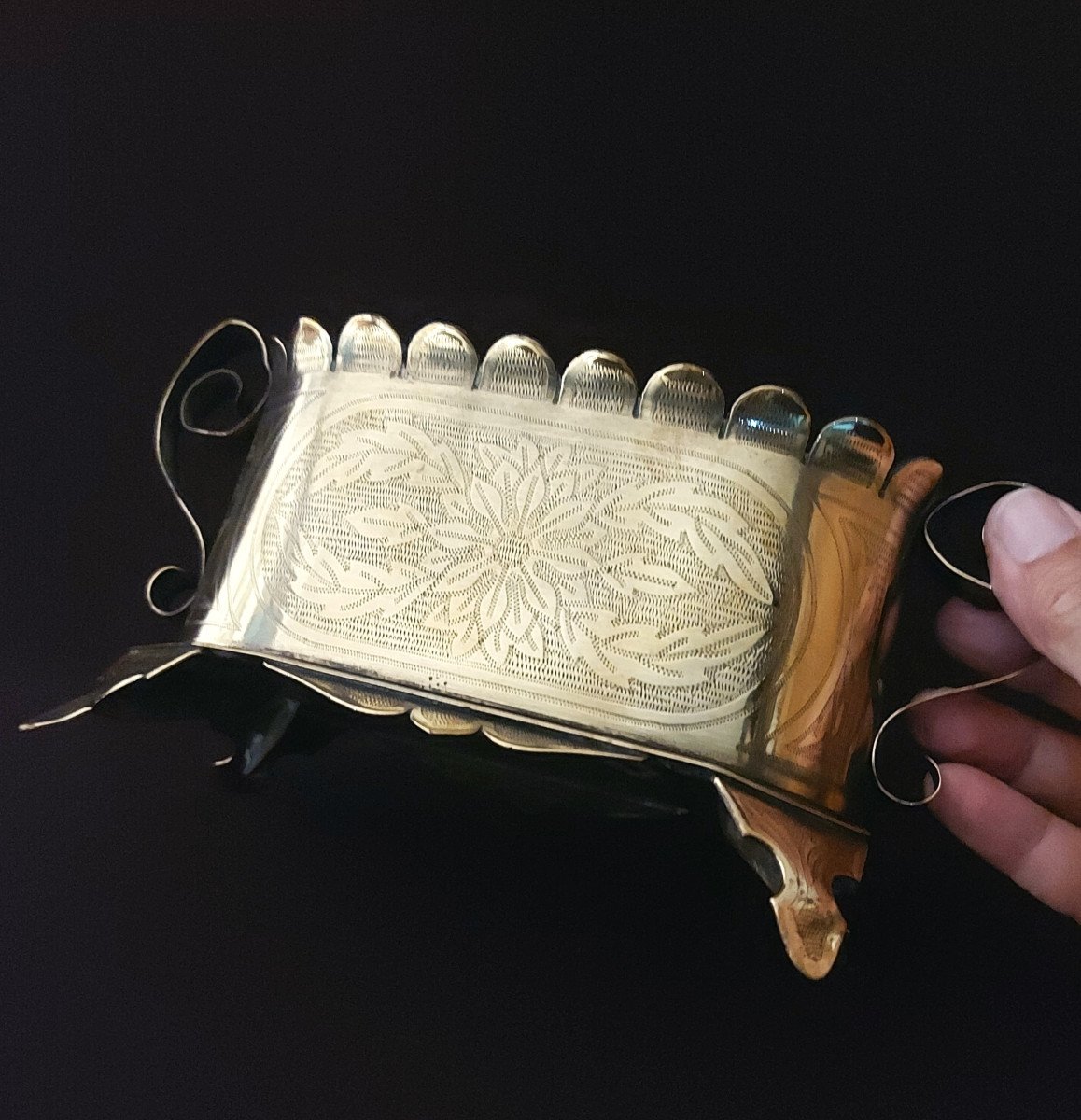
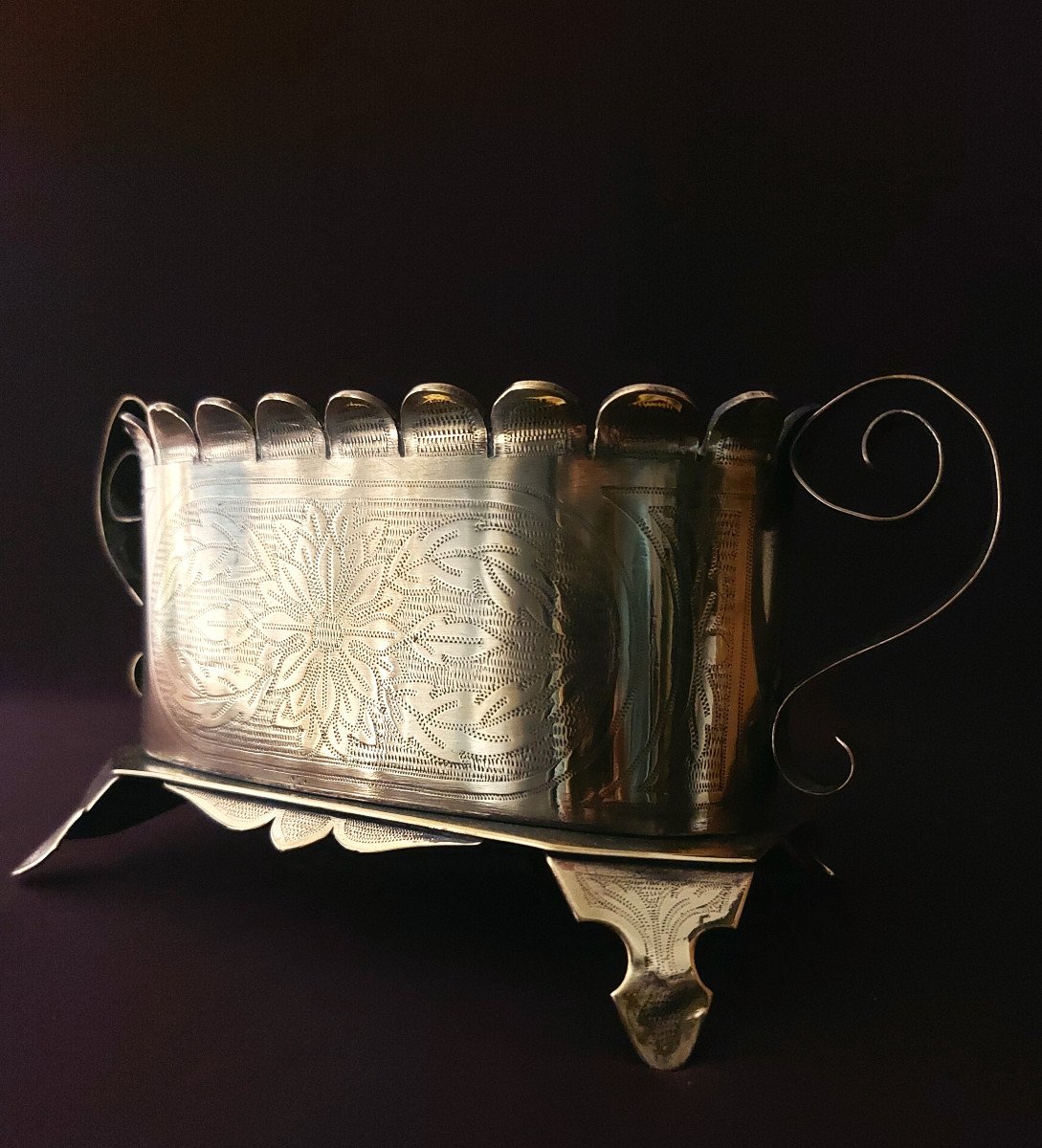


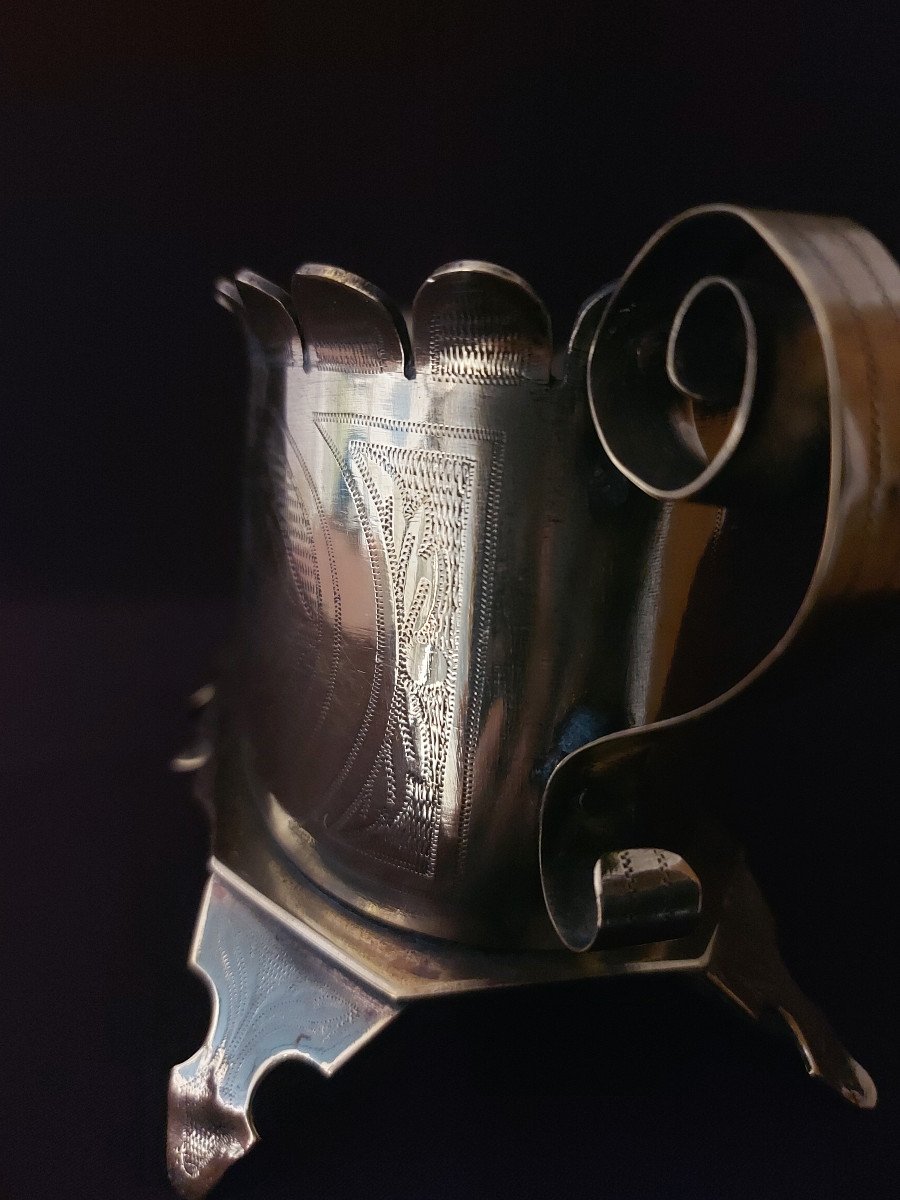


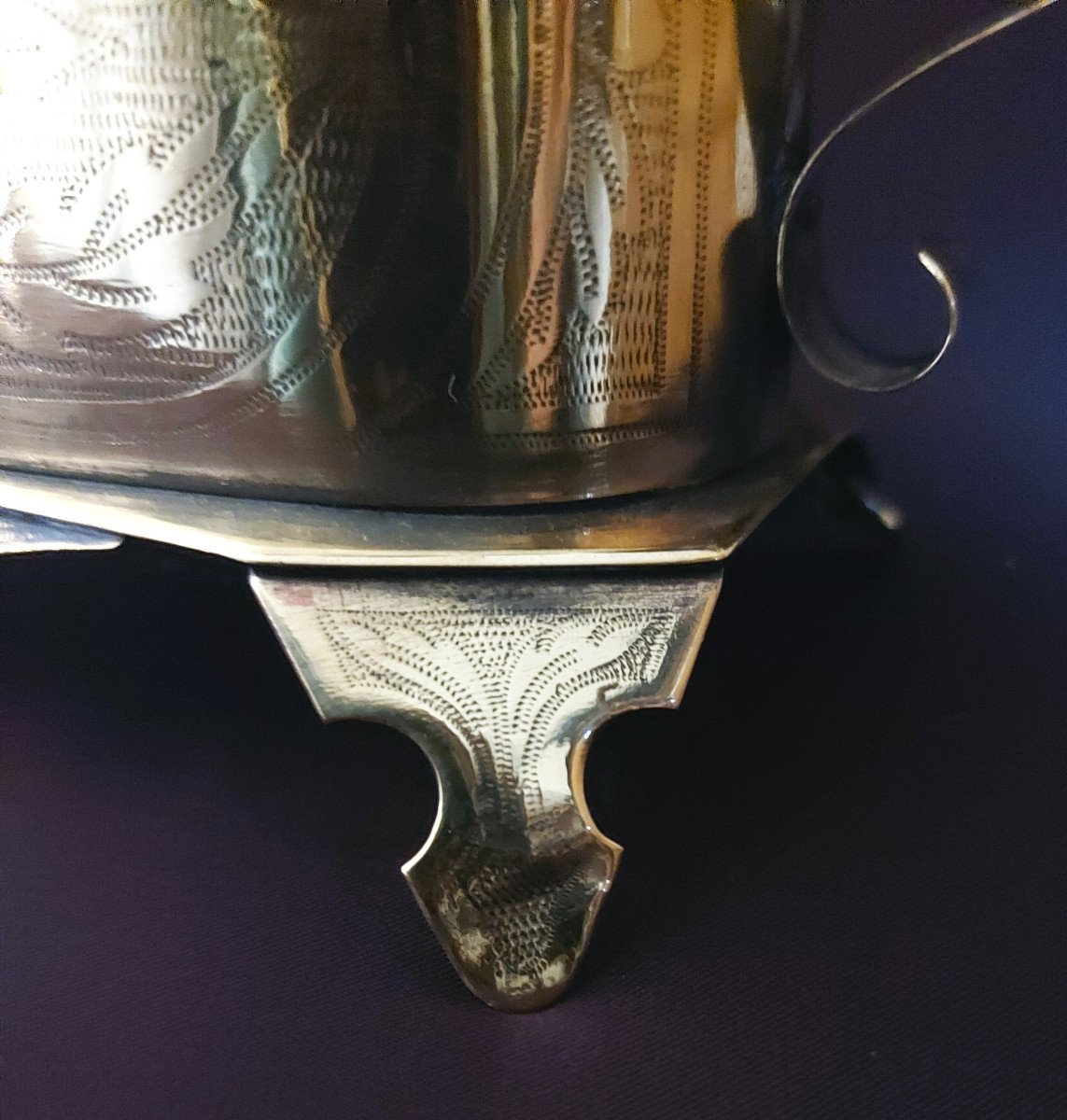














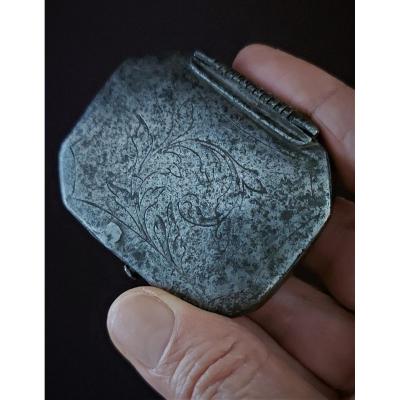
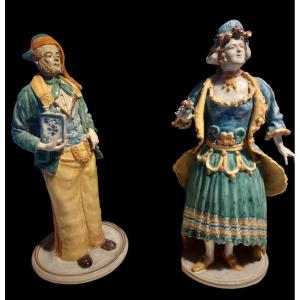
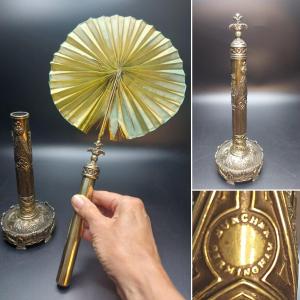


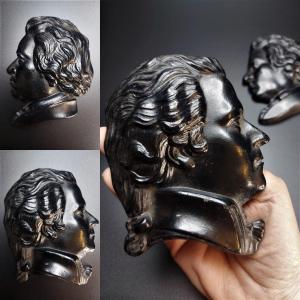
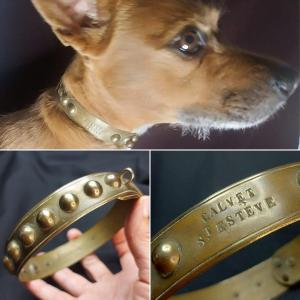
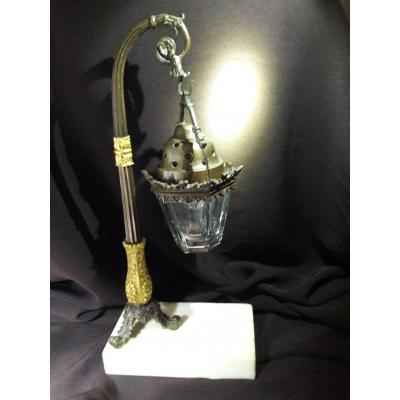






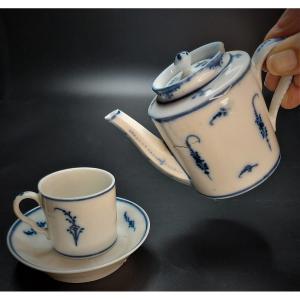

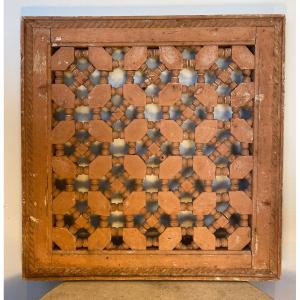

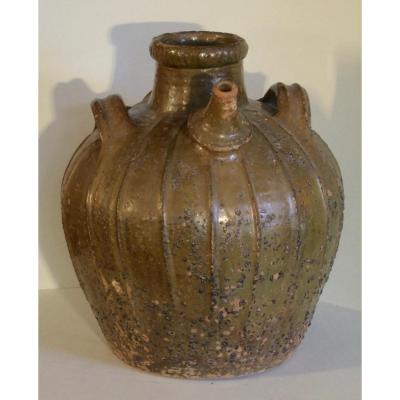




 Le Magazine de PROANTIC
Le Magazine de PROANTIC TRÉSORS Magazine
TRÉSORS Magazine Rivista Artiquariato
Rivista Artiquariato